JeffieLove
No longer a newbie, moving up!
- Joined
- Feb 8, 2010
- Messages
- 1,601
- Reaction score
- 15
- Location
- Elkton, MD
- Can others edit my Photos
- Photos OK to edit
Okay, so this is assignment related again...
The assignment that is due next Tuesday for my photography class is to use natural light and a reflector... Well, I went out this evening with my daughter (model) and my best friend's 12 year old daughter as my assistant (she's all I have...) and I KNOW it didn't go very well... I was wondering if someone could look at a couple photos and tell me what I did wrong as far as positioning the reflector, etc... These are all SOOC, no crop, no light adjustments or anything...
Sun was to camera left, reflector to right of model.
Settings: ISO 400, f/5.6 1/2000ss, Canon XSI 18-55mm f/3.5-5.6
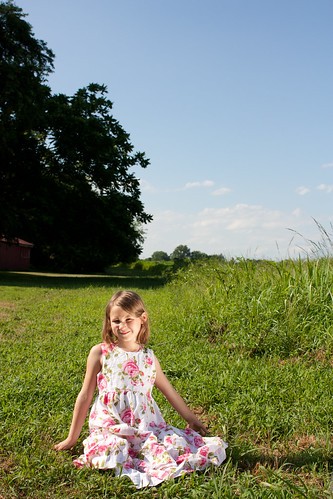
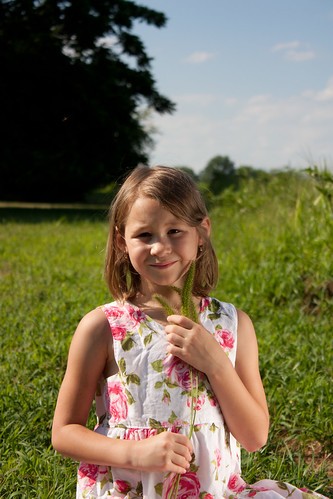

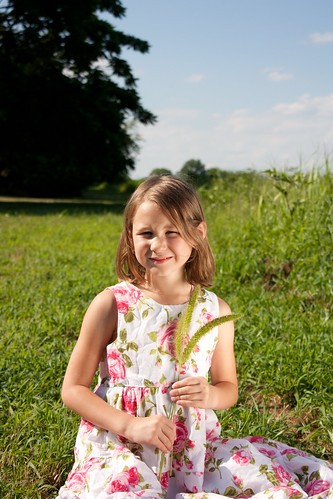
In this photo, she is standing just at the edge of the shade. Sun is to the right and very slightly behind me, reflector is just in front and to the left of me.
Settings: ISO 400, f/5.6, 1/500ss, Canon XSI 18-55mm f/3.5-5.6
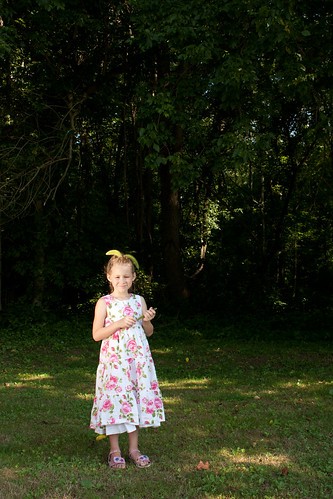
Please help! I'll be attempting this again sometime between now and Monday and would like to have better direction on where to go with this. I feel so lost now!
The assignment that is due next Tuesday for my photography class is to use natural light and a reflector... Well, I went out this evening with my daughter (model) and my best friend's 12 year old daughter as my assistant (she's all I have...) and I KNOW it didn't go very well... I was wondering if someone could look at a couple photos and tell me what I did wrong as far as positioning the reflector, etc... These are all SOOC, no crop, no light adjustments or anything...
Sun was to camera left, reflector to right of model.
Settings: ISO 400, f/5.6 1/2000ss, Canon XSI 18-55mm f/3.5-5.6




In this photo, she is standing just at the edge of the shade. Sun is to the right and very slightly behind me, reflector is just in front and to the left of me.
Settings: ISO 400, f/5.6, 1/500ss, Canon XSI 18-55mm f/3.5-5.6

Please help! I'll be attempting this again sometime between now and Monday and would like to have better direction on where to go with this. I feel so lost now!


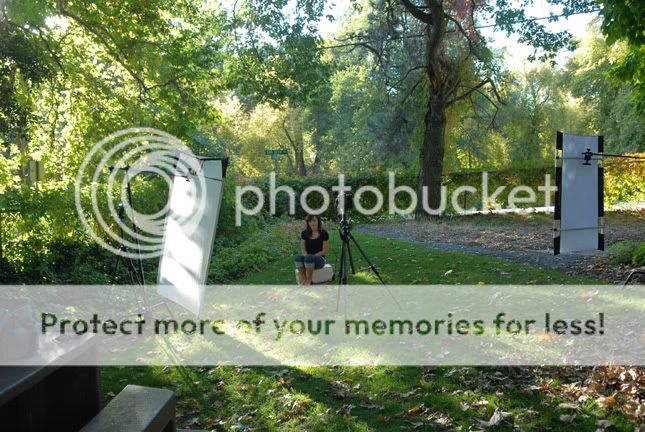
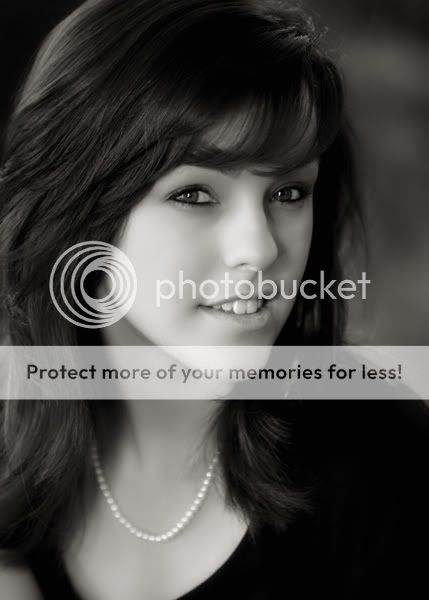
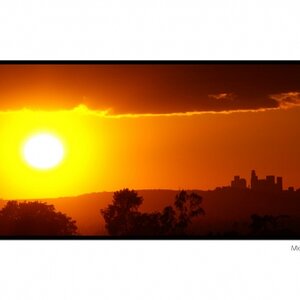
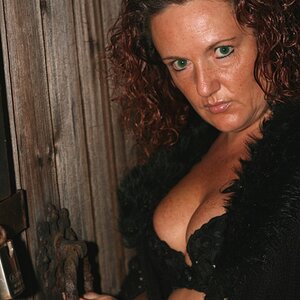
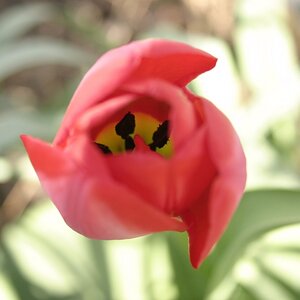
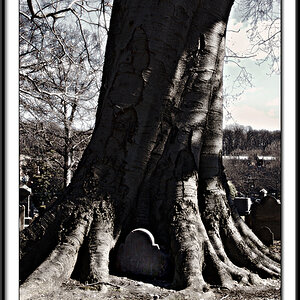
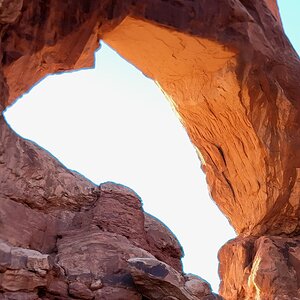
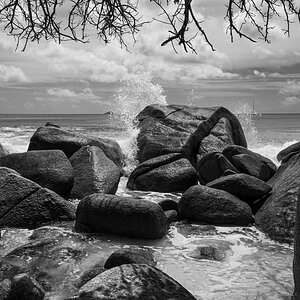
![[No title]](/data/xfmg/thumbnail/38/38443-d3f00036791c5f915b132320c9ac8865.jpg?1619738614)
![[No title]](/data/xfmg/thumbnail/38/38444-6063bb59cb410c520a1ccccbe58db9c7.jpg?1619738614)
![[No title]](/data/xfmg/thumbnail/35/35953-1a8b92df0115ff7026f31b78855ac815.jpg?1619737264)
![[No title]](/data/xfmg/thumbnail/37/37629-fa70c9f81cc7da4d6a9b512502f9bf84.jpg?1619738155)
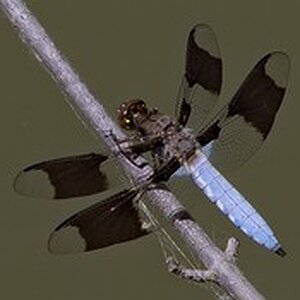
![[No title]](/data/xfmg/thumbnail/34/34118-1c18899050bfacc1ed25ac6c1740422b.jpg?1619736288)